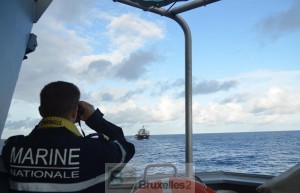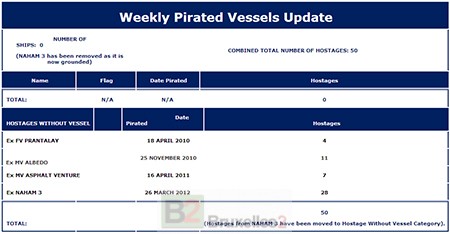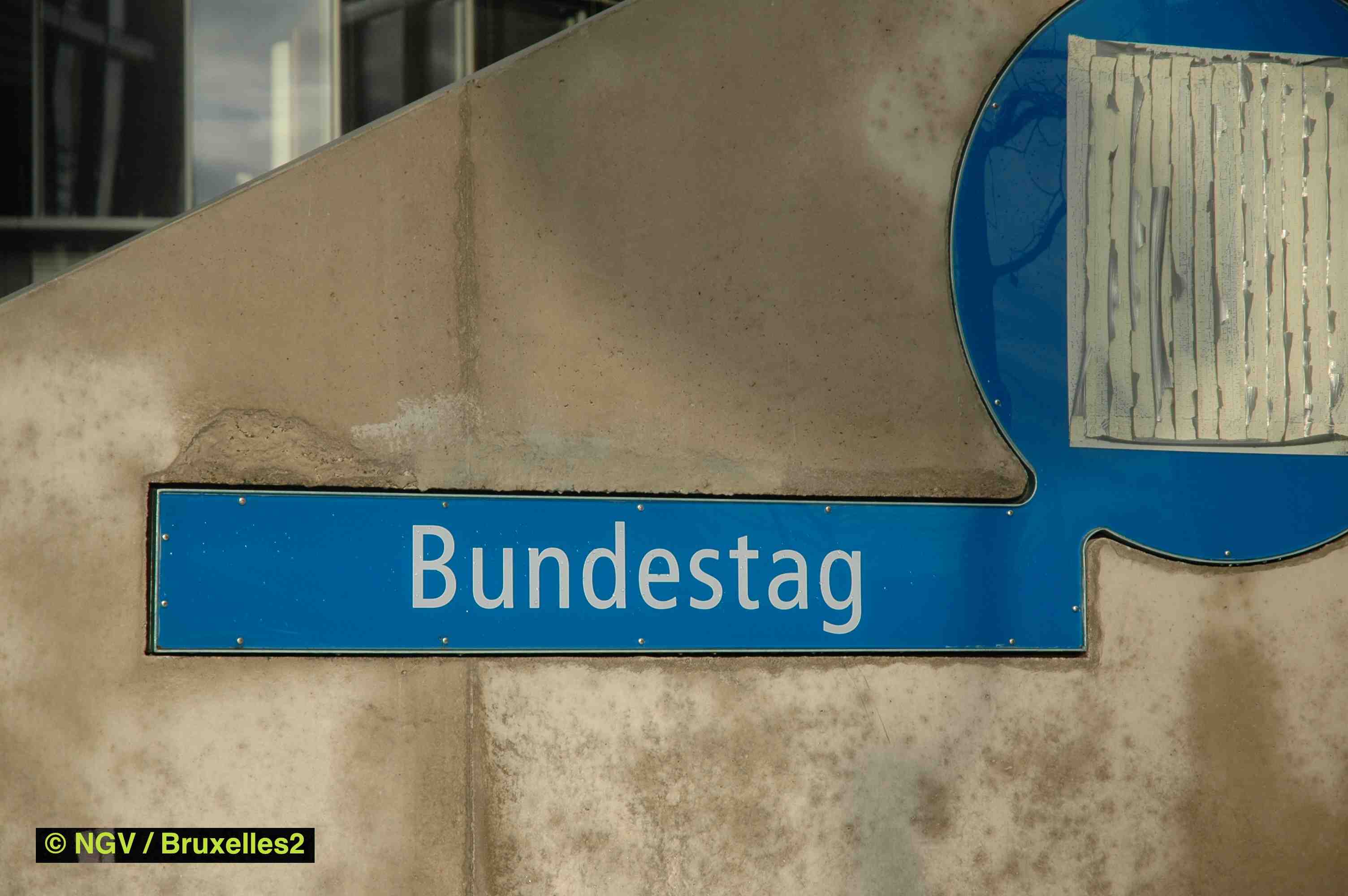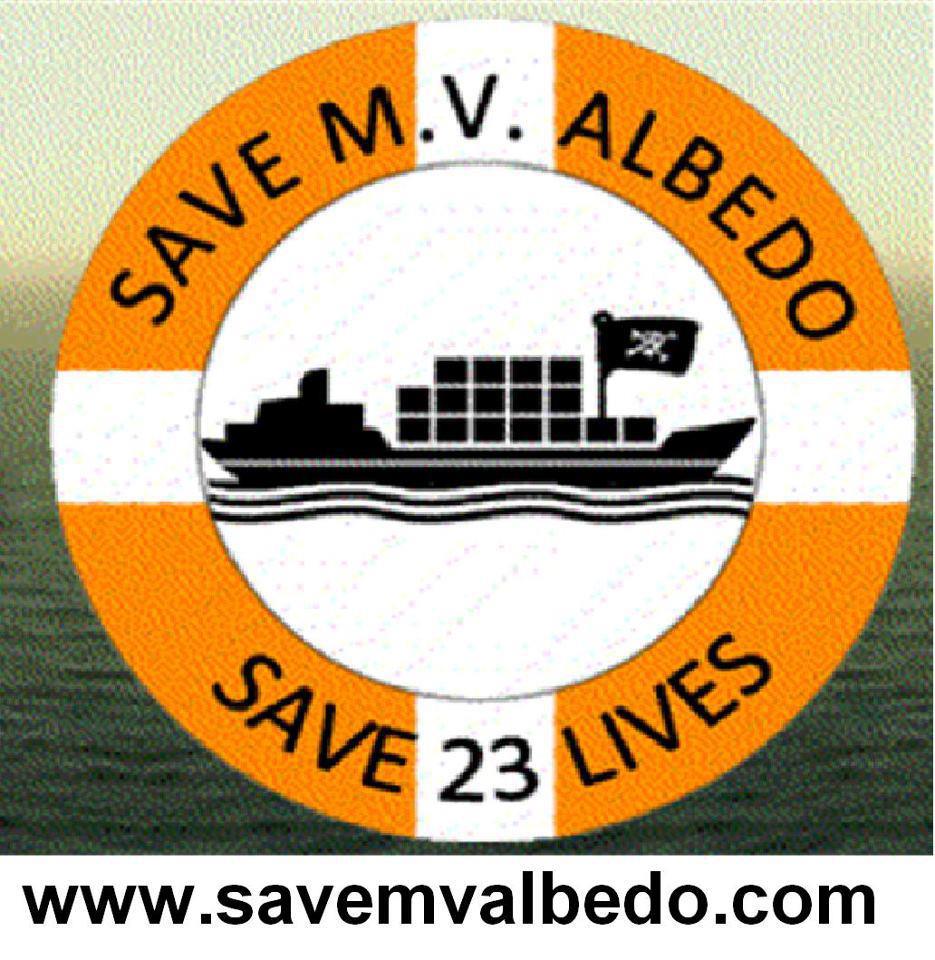Use of piracy statistics. A lot of true, a little false

(BRUXELLES2 - exclusive) The first attack and arrest of the year elicited few comments. And I'm amazed. Because it contains two elements that give an incomplete view of the fight against piracy.
Piracy figures do not include local ships
We thus learned incidentally that the maritime forces had freed an Indian dhow captured by the pirates. However, this capture does not appear anywhere in the official statistics of the maritime authorities. The BMI (international maritime bureau) like the maritime forces do not count the captures of local boats. A point already noted in the past but which deserves to be highlighted again.
Officially, these ships which do not report to the various international HQs are not tracked and their capture is therefore difficult to identify. Unofficially, there are other reasons. First of all, they are not "insured" with international insurers and therefore do not really represent a "market" value that requires international intervention. Then, as an officer confided to me, in his time. " We are not entirely sure of the involuntary nature of the use of a dhow as a mother ship. In the "capture and taking of hostages" typology, one could also sometimes speak of "forced chartering with profit-sharing". But none of its sailors has ever been prosecuted for complicity. And there is no reason to doubt their good faith.

In the end, whatever the reasons, the figures delivered regularly (every quarter or every year) are distorted.
A narrow view of pirate transfers to the Seychelles
Another strange fact! According to the EUNAVFOR Atalanta mission, the Seychelles have received 47 people and the archipelago has already tried 33 pirates. However, this figure does not correspond (at all) to what comes out of our "Pirates" database: at least 100 are missing!
According to data from B2, the Seychelles have, in fact, already received 147 pirates and 47 have already been sentenced (*). Of this figure, 56 were handed over by forces under the European flag (EUNavfor Atalanta), 54 by ships operating in the NATO operation, mainly under bilateral agreements (United Kingdom, Denmark), 15 by Americans. While 22 were arrested by local forces.
This strong difference is due to a small technical and legal detail: EUNavfor only officially counts the suspects transferred under the agreement under the agreement signed between the EU and the archipelago. Not the others. It is relatively logical from an institutional point of view. But that's not really objective. Moreover, from an operational point of view, mention is made of the intervention of other forces (Ocean Shield, CTF 151, etc.) when they take part in an interception. This sows confusion. Confusion all the greater as this qualification (transferred by the "Eunavfor" forces) sometimes hangs by a thread...
Thus, for us, the figure for "EUNAVFOR" transfers is 56 (against 47 officially). Quite simply, because we count the 9 pirates apprehended by European forces (Spaniards from Numancia), in April 2009, released to be "immediately" (re)arrested by the Seychellois side guards (Read: Homecoming for 23 pirates detained by Seychelles). An operational trick, made necessary by the absence of an operational agreement with the Seychelles at the time, but which does not deceive anyone and has not deceived the Seychellois magistrates. These suspects were later released.
NB: the communiqué of the European operation is not only "signed" by Northwood HQ (European forces) but is also signed on behalf of the international contact group to fight against piracy, chaired by the European Union Right now. It is not really fair to downplay the role played by the Seychelles. Nor is it healthy to play with figures, using pseudo-institutional quibbles. Otherwise, it is the credibility of these "assessments" that may be called into question.
(*) These figures should be taken as a minimum because we do not have all the data (and some updates still need to be done).
Read also:


